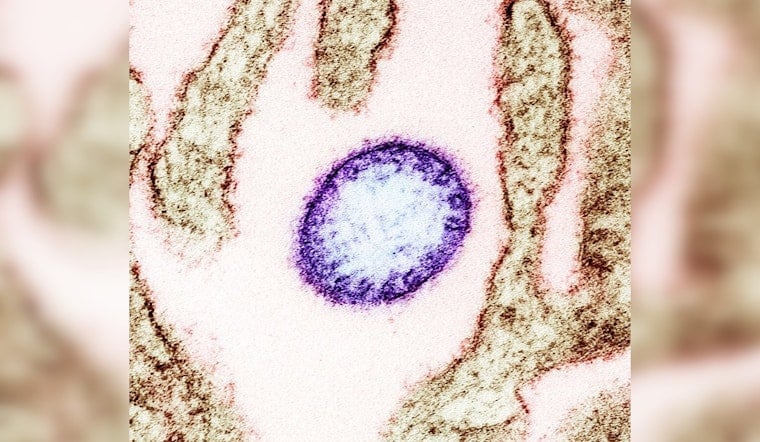
CIDRAP Unveils Updated R&D Roadmap for Nipah Virus Countermeasures
The University of Minnesota’s Center for Infectious Disease Research and Policy (CIDRAP) recently disclosed their updated Research and Development (R&D) Roadmap for combating the Nipah virus (NiV). This 2024 Update aims to enhance the development of medical countermeasures (MCMs) such as diagnostics, therapies, and vaccines to ensure an effective response during NiV outbreaks.
Published in The Lancet Infectious Diseases, the R&D roadmap titled “Measures to prevent and treat Nipah virus disease: research priorities for 2024-29,” authored by KA Moore and colleagues, identifies current challenges and sets major goals for the next five years. NiV is known for causing severe encephalitis with rapid progression and high fatality rates, which have reached up to 100 percent in some outbreaks. Currently, there are no licensed treatments or vaccines for NiV infection.
The roadmap updates are based on extensive scientific literature and the consensus of an international expert group. Dr. Michael Osterholm, director of CIDRAP, emphasized the potential threat posed by an emergent, more adaptable strain of NiV. He stated, “If a strain of Nipah virus emerges that is more adaptable to humans with greater potential for person-to-person transmission, we need to have the tools in place to treat the disease and quickly contain its spread.”
The framework of the roadmap includes scenario planning to identify gaps in R&D, developing standards for assays and clinical sample repositories, and advancing through various stages of clinical trials for potential treatments and vaccines. By 2024, the plan aims to complete phase 1 clinical trials for at least three vaccine candidates and by 2025 to assess monoclonal antibody treatments in NiV-affected regions. Additionally, the upcoming years should see the completion of clinical validation for diagnostic tests and international approval for rapid point-of-care NiV diagnostics.
Beyond isolated achievements, the roadmap calls for a global increase in NiV surveillance, accelerated evaluation of therapeutic agents, and nontraditional regulatory pathways for vaccine approvals. Advanced techniques such as computational-aided drug design are also highlighted to make NiV medical countermeasures available by the end of the decade. Osterholm added, “Our hope is that the availability of this roadmap will help galvanize global support to further advance diagnostics, therapeutics, and vaccines against one of the world’s deadliest viruses.”
This ambitious R&D Roadmap is supported by the Wellcome Trust and is part of CIDRAP’s broader mandate as a global leader in infectious disease response and public health preparedness. Their work aims not only to address current threats but also to establish a proactive defense against future infectious diseases.



